Inappropriate management of contractors can result in costly accidents, delays to work, criminal prosecutions and claims for damages. Therefore, it is important that you assess the competency of any contractors you intend to employ. This is not a definitive list but can act as a guide to assist you in competent contractor selection.
- What is the job? Identify the work required of the contractor and determine its level of risk. For example, work carried out at height will have an increased risk. Anticipating these risks will help you decide whether a contractor is competent to do the job.
- Experience Identify the skills and experience of the contractor. Ask for references from similar, recent work to help you assess their performance.
- Request the contractor’s health and safety policy, signed by a responsible senior person. The policy should set out the contractor’s arrangements for health and safety.
- Accident reporting and enforcement action. Consider the contractor’s recent safety performance. Ask for recent accident statistics and their arrangements for reporting accidents. A low accident rate may sound good but this may be due to under-reporting. Consider prosecutions or receipt of enforcement notices – consult the HSE ‘Register of Prosecutions and Notices’ website.
- Qualifications and skills Contractor’s employees should possess necessary skills and qualifications for the work. Ask to see evidence of relevant training records and qualifications, and ensure that these relate to those who will actually be undertaking the work.
- Sub-contractor procedures. Check whether the contractor intends to sub-contract any of the work and, if so, what procedures they have in place to ensure their own contractors are competent.
- Management and supervision. Consider what health and safety implications the work could have for your own operations, your employees and others, such as the general public. Consider whether you have a better understanding of the health and safety implications of the proposed work than the contractor. This may clarify your own level of management and supervisory responsibilities.
- Safe systems of work. Request safety method statements and risk assessments to ensure the work will be carried out safely. The contractor should monitor their own health and safety performance. You should carry out periodic checks to ensure that this is being undertaken.
- Health and safety training. Ensure contractor’s employees have the necessary information, instruction and training. Ask for training records, certificates, etc. For example, if the task involves working at height, ask to see evidence of suitable training.
- Co-operating with others and co-ordinating work. Establish clear lines of communication to promote co-operation and co-ordination. Arrange regular meetings and provide relevant information that can contribute to a safe system of work. Close communication is important if sub-contractors are employed, or if there are changes to the project.
- Independent contractor accreditation membership. Find out if the contractor is accredited to a health and safety accreditation scheme such as CHAS or Safe Contractor. This can signal that they have met acceptable standards in health and safety. However, as this may be just an early indication of competence you should still check that this is relevant for the proposed work.
- Advice and professional body membership. Determine if there is access to competent health and safety advice. Such advice should preferably be internal; however it is not unusual for smaller contractors to employ external health and safety advisers. Consider looking for membership of relevant industry associations. These are a good way to keep up to date with health and safety legislation as well as industry best practice.
HSE advice on selection of competent contractors:
http://www.hse.gov.uk/pUbns/priced/hsg159.pdf
Romero Insurance – December 2016






